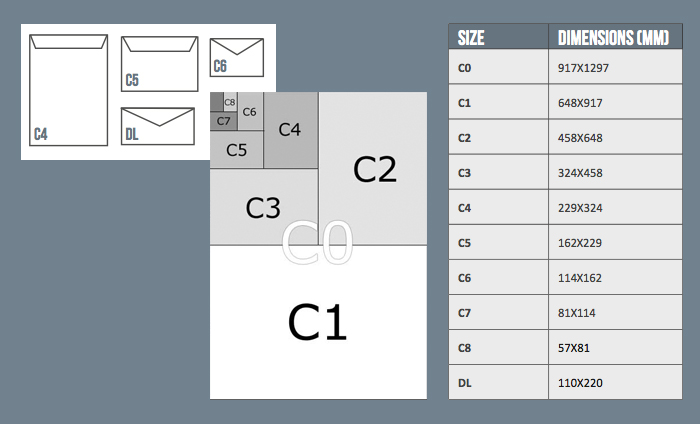Silvertoad know from experience that your choice of paper can help bring images vividly to life and literally add weight and authority to your printing.
It may seem like a pretty straightforward subject but we guarantee that understanding standard paper sizes and weights will help to keep your paper waste and costs down.
Let us begin by discussing the ABC of paper sizes.
Understanding Paper Size
The A SERIES:
This is the your everyday paper size commonly used for general printing, business stationary sets, publications, brochures, leaflets and so on.
The scale can get a little confusing as the bigger the number the smaller the sheet is. To get an idea of the scales have a look at the diagram below with a dimensions guide for reference.
All A sizes are scaled directly in proportion with each other, i.e:
- AO is double the size of A1
- A1 is double the size of A2
- A2 is double the size of A3 and so on…
The B SERIES:
This is a less common paper size and is much larger that the A series, normally used for posters and wall charts. This system is useful for enlarging and reducing documents, much like the A series paper sizes they are also measured and rounded to the nearest millimeter.
The C SERIES:
These measurements in this series is for envelopes which are designed to take the corresponding A series size of paper, i.e :
- C5 envelopes are designed to be used with A5 paper
- C4 envelopes are designed to be uses with A4 paper.
The DL envelope is frequently used to send business letters written on A4 paper, which is folded into three sections vertically to fit.
We hope these guides help clarify the ABC’s of paper sizes but lets not forget, it’s not just size that is important when it comes to paper and printing.
Understanding Paper Weight
The paper you use for your marketing material can truly transform your artwork, documents and images and so having a better grasp of how the weights will effect your printing can save you a lot of time and money.
One term you may have heard in reference to paper weight is ‘show through.‘ Show through simply means the printed side of the paper is visible from the other side of the sheet. Using a more opaque sheet of paper or heavier paper weight can assist this.
Whilst paper weight can help avoid these issues it can also help to define your document by giving it a sense of quality and authority.
Paper thickness is normally measured by its weight in grams per square metre (gsm)
Standard low quality office printing paper weighs around 80gsm. High quality business cards are normally printed on paper weighing over 350gsm.
Standard Paper Weights:
- 80 gsm
- 90 gsm
- 100 gsm
- 115 gsm
- 130 gsm
- 150 gsm
- 170 gsm
Paper weighing in above these weights tends to be referred to as board. High quality business cards are normally printed on paper weighing over 350gsm.
Typical Board Weights:
- 200 gsm
- 220 gsm
- 250 gsm
- 270 gsm
- 300 gsm
- 350 gsm
- 400 gsm
Understanding the weight of your paper is very important if you are planning on mailing out your marketing material, as you will then be able to calculate the weight of the finished printed item.
